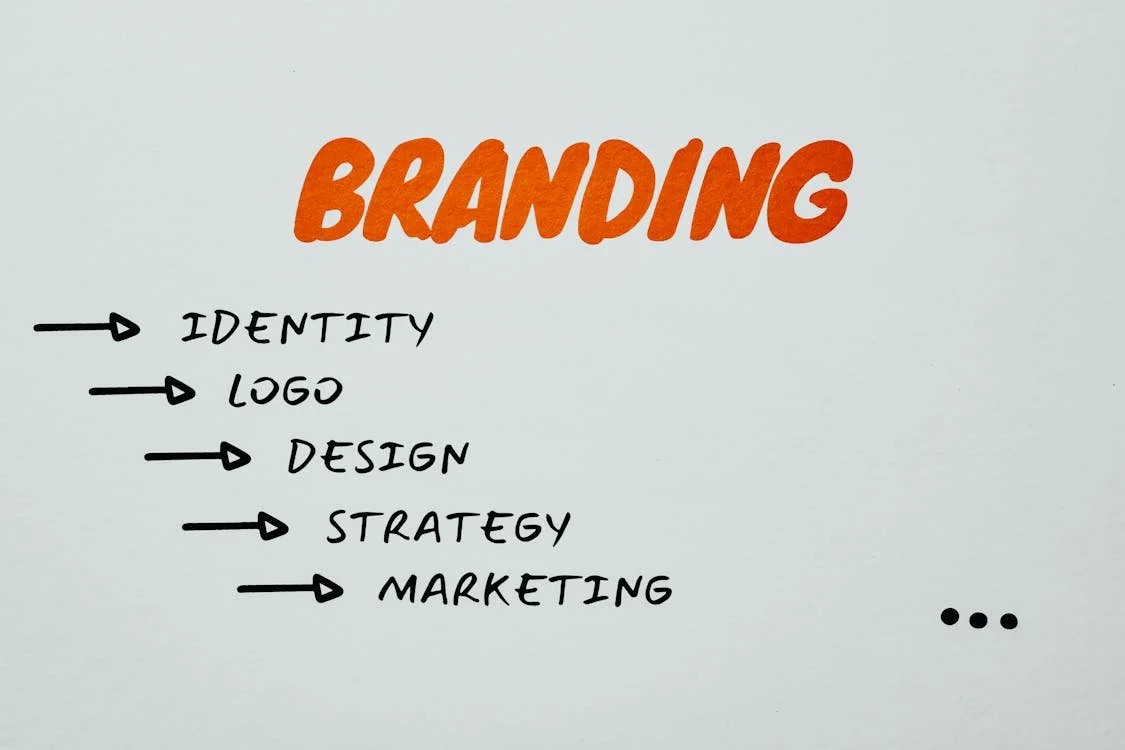10 Ways to Build a Strong Online Reputation for Your Online Business
November 25, 2024
A Complete Guide on Influencer Onboarding
October 23, 2024
How to Boost Brand Awareness with PR Services
June 15, 2024
Helpful 7 Tips for Businesses Branding on a Budget
June 10, 2024
Does Your Branding Need A New Look?
April 17, 2024
Branding – What It Means for Your Business
April 5, 2024









